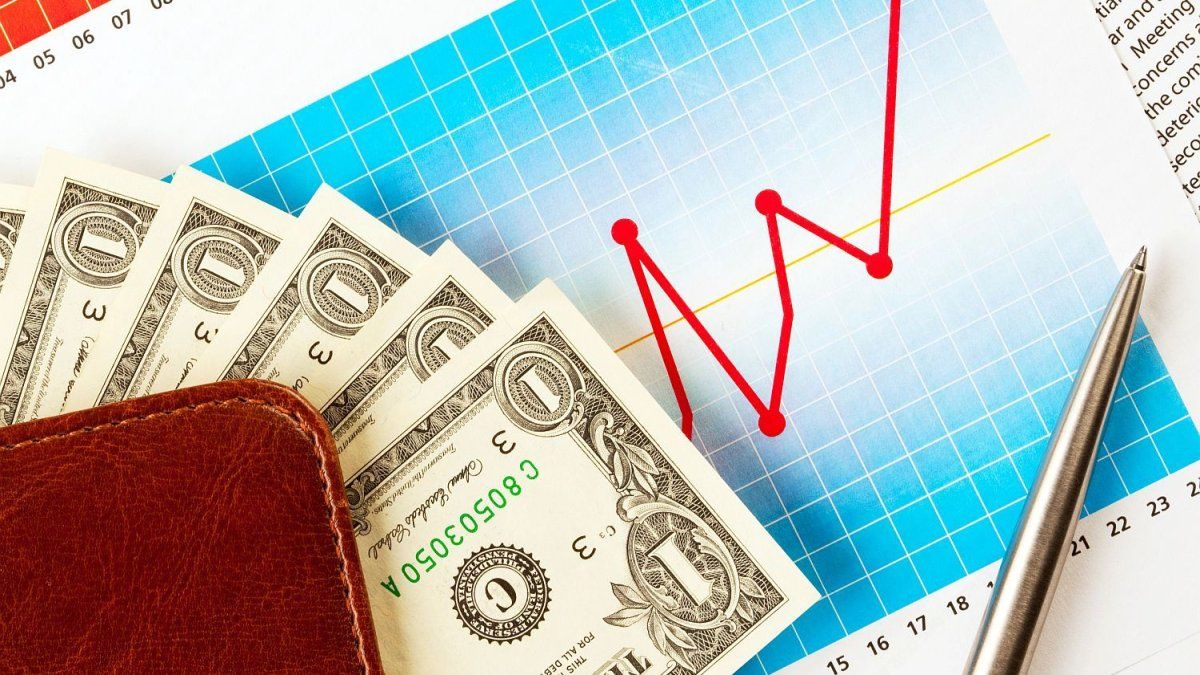He money laundering shows a “positive impact” in the income of dollarsaccording to various analysts, and the Government expects that the measure will help to increase the reserves of Central Bank (BCRA)However, there are doubts in the market about its real effect on the coffers of the monetary authority.
In the first week of September, dollar deposits in the financial system grew and totaled US$1.065 billion (+5.7%) since the money laundering began on August 12. In recent days, income has accelerated the pace to reach a daily average of US$166 millionas reported Eco Go in its latest weekly report.
If the daily rate is maintained until the end of September, bleaching could contribute some US$4 billion to the deposits And if the rate were doubled per week, it would add up to US$12 billionthe consultancy firm estimated, although they highlighted that “the final number is probably somewhere in the middle”.
Meanwhile, as specified by Adcapthey expect that a good part of the almost 100 million euros will return to the financial system. US$14,000 millions of deposits from the private sector who left after the 2019 primary elections. “Argentines have at least US$100 billion in 850,000 safe deposit boxes”they added.
Money laundering: what will happen to the reserves?
So far, the whitewashing did not have significant impact on international reservesdifferent consulting firms agreed, since they are currently at similar levels: gross in US$27.219 millionwhile the net ones, without discounting the BOPREAL, are negative in more than US$4.5 billionaccording to private estimates.
“We believe that this dynamic could continue in the short term.although we also remember that net reserves remain negative and that the amounts of money laundering do not increase, so investors will continue to closely monitor this variable even with the inflow of dollars from money laundering,” he said. Juan Manuel Francochief economist of SBS Group
Of the total amount received, half was converted into loansand just over 20% offset the outflow of public deposits from the Province of Buenos Aires to pay off debt, while the remaining part was used by banks to purchase other corporate assets in dollars. To a large extent, the currency purchases of the BCRA, during August, which reached US$536 millionwere explained by the dollars originated from these loans/negotiable obligations private funded by the dollars from the money laundering. In fact, the reserve requirements only increased US$157 millionsthey pointed out in the weekly report of Eco Go.
Money laundering: impact on financial markets
The intervention of the BCRA in the financial market distorts local financial asset pricesparticularly the bonds and letterswhose liquidity is affected by exchange control measures.
The “hard dollar” bonds recorded increases of more than 10% in those of local legislation, while those of foreign legislation They climbed close to 7.5%. For its part, the traded volume is approaching again the u$s250 millions diaries, almost 20% above the values prior to August 12.
The Merval index, which was in a rally driven by banks and accumulated 26% in the month, fell 5% in the last two days. On the other hand, the quotes of the financial exchange rates continued to fall with declines of between 3.2% and 5%, which is equivalent to the largest drop in the exchange rate. CCL.
Source: Ambito




